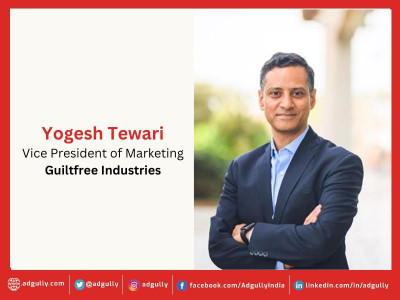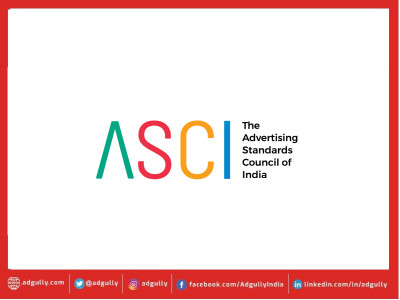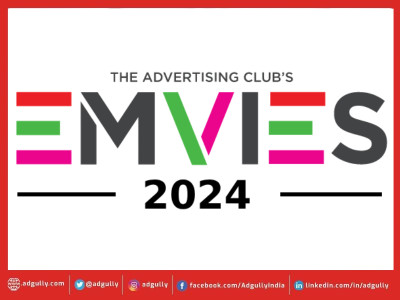India @75: Celebrating creative freedom with fluid roles & integrated mediums
As India celebrates her 75th year of Independence, we at Adgully are tracing the journey of Advertising and its contribution to the Indian society at large – whether it is bringing about a change in mindsets, or a societal pattern, or empowering different communities or ushering in new thoughts – basically, Soch badal ke rakh diya.
Our aim is to collate 75 most impressive and significant ways in which Advertising has impacted India over the decades. For this, we are reaching out to the Advertising Honchos of India to share the most significant contributions of Advertising to the Indian society and why they consider them to be important developments. We will serialise the story on Adgully’s website in the lead-up to the Independence Day this year in this special series: India @75 – Through the Advertising Lens.
“Reminiscing the 75 years of Indian advertising feels revolutionary due to the colossal changes that we have witnessed as a society on multiple technological and social levels,” remarked Dhiraj Jindal, Creative Head, The BlueBeans, in an interaction with Adgully. Drawing parallels on the industry’s evolution will make a good topic for a stimulating book. However, one of the most notable factors has been the lens through which consumers see brands today. Over eons, brands used a collective narrative to target Indian consumers. However, today’s audience individually wants to connect with the brands, and as a result, we see a lot of brands innovating for these niches.
According to Jindal, “Such changes have stricken the know-how of today’s advertising scenario, thus directly impacting the role it plays for businesses and consumers. Following are some areas where advertising has evolved drastically and deserves the share of voice:
Evolving structures and functionalities of advertising: Lost are the days when the idea of an ad came from a remote corner of the creative team. In fact, since the consumers are themselves creationists, most ideas are generated by the younger audience. The changing consumer behavior of individually connecting with the brands or collectively targeting brand communities has evolved the narratives of ‘how and what we sell’. It is no longer just about showcasing the products/ services but making the consumers trust the brand values and making the brand as human as possible.
Hyper-awareness about marketing and branding: Earlier, you had a product ready to be in the market with basic branding elements in place, and the team would go to an agency to market it. Today’s new age startup in the D2C era has packed in too many insights from the domestic and Indian markets, has seen multiple global brands and their journey, can put their finger on the target audience they want to cater to and doesn’t like to get any of it wrong, including packaging. The role that brand building plays has moved its place much above in the stages of brand development. Newer brand solutions want a branding and marketing team from the initial stages of product development to have a penetrative GTM strategy. Today, there are products and services for whom marketing is the only way to scale.
The evolution of mediums and hence the localisation of TAs: We have witnessed a mammoth of changes in communication mediums, almost as massive as the advent of radio. With the evolution of the internet and ever-changing formats of social media, we get the creative freedom to showcase products/ services in the most engaging ways possible. Our KPIs and success metrics are now highly dependent on engagement over reach. We are in an era, where ‘gamifying’ advertisements to encourage engagement have seen an explosive demand. Such technological advancements have also helped us localise where our TG resides and how accurately we can target them. Overall, media planning, strategising, and buying have witnessed colossal changes dependent on the consumers and the brands.
The evolution of Levericulture: The celebrity-backed endorsement culture has changed radically. The influencer boom has given celeb endorsements a back seat as the consumers demand more familiar faces that are more 'realistic'. People want real-life consumer reviews to switch to another brand, and thus content formats have also evolved, like UGC, influencer reviews, etc., have taken the front charge.
Changes in the agency’s culture and networks: The culture within the advertising environment has also evolved. Hierarchy – as we used to see has almost ceased to exist. Agencies are looking for younger minds in creative and writing roles, as these generations make up a significant chunk of the consumer market, directly or indirectly. The professional roles have blurred as agencies look for versatile talent who manage clients while working on their projects. While this in itself is a double-edged sword, the fact that the very phenomenon has led to the birth of specialist agencies and branching networks is a plus.”
Jindal summed up by saying, “We feel that there’s a lot for all of us to adapt to, but this is a fact that the revolutionary history of advertising is helping us curate independently and explore the depths of creativity like never before. The evolution in digital art and animation has opened windows of incredible visuals. The creative scope has widened, giving a higher competitive edge in the industry. While all of this excites and energizes us to keep moving, it has also given rise to issues like duplicity, fake information, and conventional content.”
“But with the elasticity that the advertising fraternity has showcased over the years, we have high hopes to navigate through this duality with a balanced approach,” he concluded.


















Share
Facebook
YouTube
Tweet
Twitter
LinkedIn